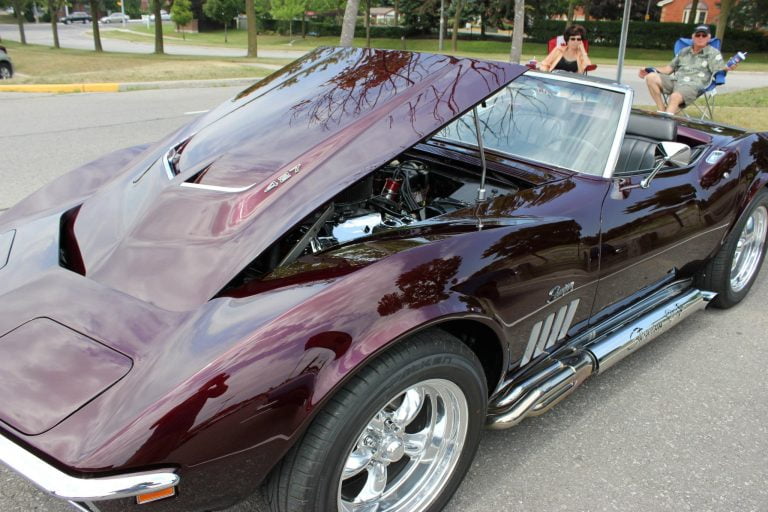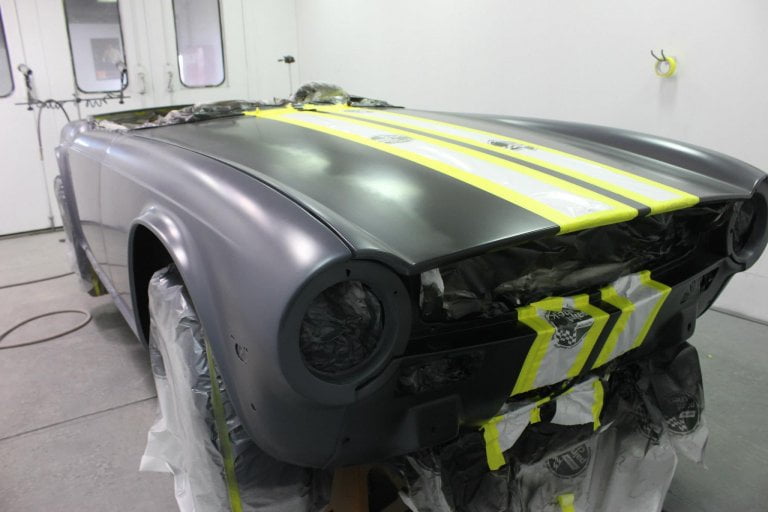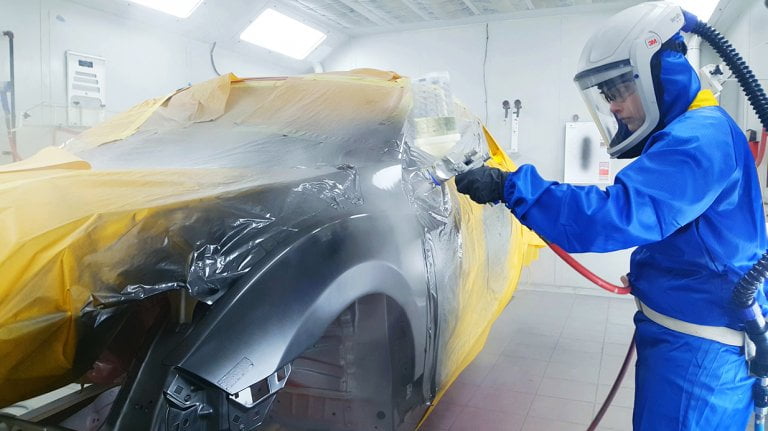The Evolution of Automotive Paint: From Hand-Brushing to Basecoat/Clearcoat Systems
Automotive paint, also known as automotive finish, is the coating applied to vehicles to protect the metal body and give the vehicle a desired color and finish. The history of automotive paint dates back to the early 20th century and has evolved significantly over the years.

In the early days of automotive production, vehicles were typically painted by hand using a brush. This process was time-consuming and resulted in an uneven finish. The first major advancement in automotive paint technology came in the 1920s with the introduction of spray guns, which allowed for a more efficient and consistent application of paint.
During World War II, the demand for military vehicles increased, leading to the development of new paint technologies that could withstand the harsh conditions of the battlefield. These technologies included the use of epoxy and urethane paints, which were more durable and resistant to chipping and fading.

In the 1950s and 1960s, automotive paint underwent another major transformation with the development of acrylic lacquer paint. This type of paint was known for its high gloss finish and ability to dry quickly, making it a popular choice for automotive manufacturers.
In the 1980s, basecoat/clearcoat systems became widely used in the automotive industry. In this system, the basecoat, also known as the color coat, is applied first and is followed by a clear coat, which is a transparent layer that provides added protection and gives the paint a glossy finish. The clear coat is applied on top of the base coat and is usually cured under heat lamps or in a paint booth.
With the rise of environmental concerns in the 1970s, new regulations were introduced to reduce the amount of volatile organic compounds (VOCs) released into the atmosphere during the painting process. This led to the development of water-based paints, which emitted fewer VOCs and were easier to clean up.

In recent years, there has been a trend towards using more environmentally-friendly paint technologies, such as powder coatings and electrocoating. Powder coatings are applied using an electrostatic charge and do not require solvents, making them more eco-friendly than traditional liquid paints. Electrocoating, also known as electrodeposition, involves applying a thin layer of paint to the surface of the vehicle using an electrical current. This process results in a more uniform and durable finish and is often used in the production of high-volume vehicles.

In conclusion, the history of automotive paint has seen significant advancements in technology and techniques over the past century. From the early days of hand-brushing to the use of modern eco-friendly coatings, the development of automotive paint has played a crucial role in the evolution of the automotive industry. The use of basecoat/clearcoat systems, in particular, has become a widely adopted method for providing vehicles with a high-quality finish and added protection.







